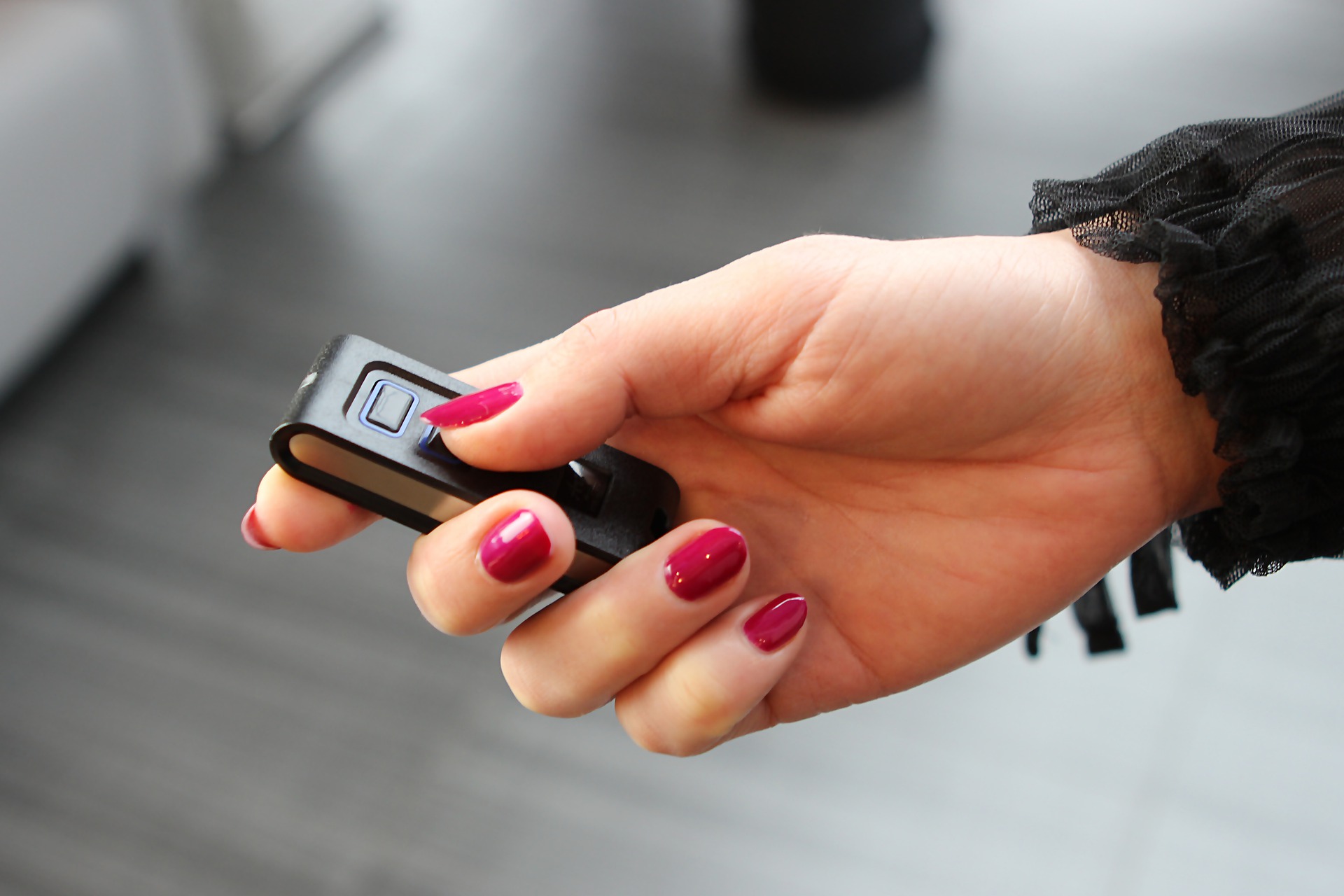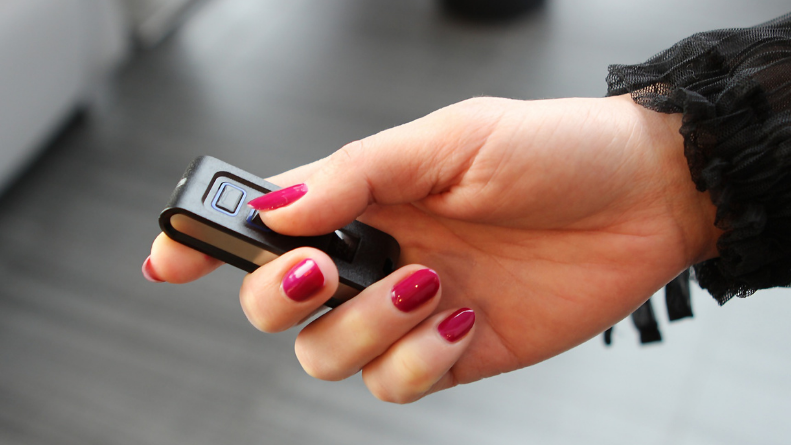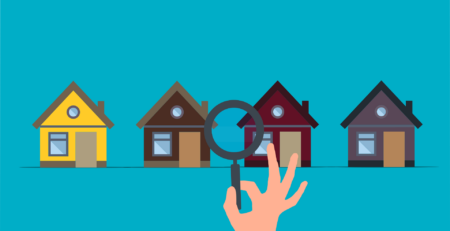What will future high-tech homes look like?
No one can accurately predict the future, but we can make predictions about what future high-tech homes will look like based on current technology trends. Already, we have seen innovative technologies enter the home, such as smart devices like smart thermostats. But looking a few decades down the line, what else can we foresee?
The pandemic will no doubt contribute to accelerating home technologies since the home-work divide is becoming blurred as more workers and businesses move to remote working. With more people working from home, many have discovered a newly found sense of autonomy, achieving a better work-life balance.
A transformation in the virtual and physical environments, as well as the ability to smoothly transition from family time to having to attend an online meeting, are all part of the envisioned changes. Despite the work-private life blurring, we will still need to be able to switch off from work and could change the physical environment to become a home environment, such as with technology that can change the character of walls and lighting, etc.
Drones for use in the home
Many may be waiting for the ubiquitous home robot help predicted in many sci-fi movies and books, but it’s likely that home drones will appear long before the humanoid robot. Drones could be used to monitor the air quality of different rooms in the home and perform mundane tasks like calling the kids for dinner while they are detected on their gaming machines.
Because drones can fly, they will be able to easily reach any level of the house and could monitor all sorts of activity, including security and safety issues. Drones fitted with sensors like smoke detectors and facial recognition technology, for example, will help keep homes safer and more secure.
Such technologies may seem very futuristic, but technology companies are already thinking about and designing them.
Apps for home monitoring
We are now accustomed to the fact that the modern car is high-tech and computerised, offering owners and mechanics data on the vehicle’s status. Indeed, many technologies now come with self-diagnostic capabilities that “talk” to consumers. Likewise, apps for smart phones and tablets will be available to homeowners who want to monitor their home’s performance and condition.
Houses of the future will be “smart” in the sense that they will be able to communicate with homeowners and provide vital information on every aspect of the home, all at the touch of a button via an app. Constant monitoring of our energy and water use and wastage, alerting us if a window or door is left open, and keeping a close eye on all the home’s appliances
The end of switches and dials
Switches and dials are used by homeowners for a variety of tasks, like altering the lighting and heating levels. Future high-tech homes will use technologies where furniture, lighting, and heating will be automated and use artificial intelligence to adapt to homeowners’ preferences and requirements.

Lighting and heating, for example, will be intelligently adapted to the natural light entering the home, considering weather conditions outside and the weather forecast. Another use could be for someone working from home and on a work-related video call with the lighting level adjusted for an improved call experience, providing more light during the call.
Better utilisation of space
Multi-purpose spaces will be a common feature of future high-tech homes. Rooms with a designated purpose, like the traditional dining room or living room, will largely disappear, giving way to flexible rooms with multiple purposes. Linear thinking in which space can only be used for a specific purpose will expand into thinking of using space for other purposes, like using bedrooms for offices during the day, or the living room for exercising in the evening or business meetings during the day.
For homeowners working from home, augmented reality and virtual reality technology will become more common. A work-related meeting at home, for example, could involve a holographic projection of the participants in the house onto virtual seats. Such technology will also help the environment by cutting down on fuel and time used by travellers to get to meetings for face-to-face meetings.
Smart heating
Climate change and the need to reduce CO2 emissions are something that we all recognise, and it is an issue that will only grow in importance as governments take initiatives to reduce emissions, such as the UK government’s recent initiative to have all new built homes emit 30% less carbon by 2025.
Smart heating is one technology that will become ubiquitous in homes around the UK and indeed, around the world. This means future high-tech homes will be using energy in a more efficient manner. It is likely that only the heat generated from home appliances will be sufficient and captured to be used to heat the home, even in winter when the temperature plummets.
Solar power technology is advancing and will take up much less space than it does now, also reducing the volume of natural resources needed to build them. With the creation of surplus energy, homes will be able to sell it back to the grid, or even pass it onto family members living elsewhere.
Other smart technologies, like smart glass, will also play their part. During the summer months, smart glass could shade out the sun and help keep the home cooler, and during the winter months, it could let in the winter sun to help warm the house.
ARE YOU READY TO START INVESTING?
Subscribe to our mailing list now for exclusive deals, investment guides and the latest information from the property market.







